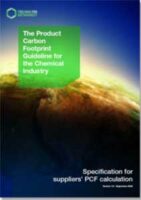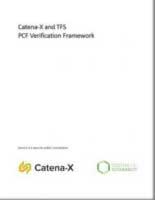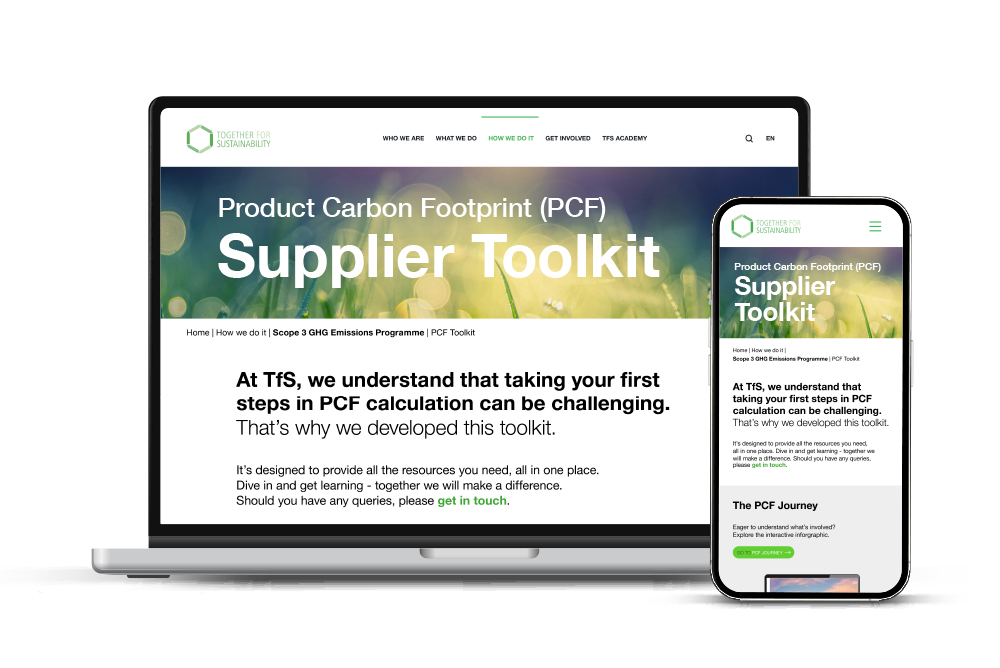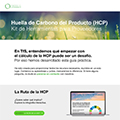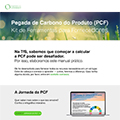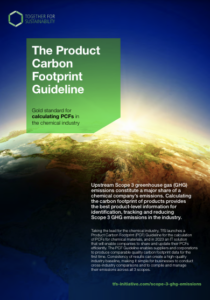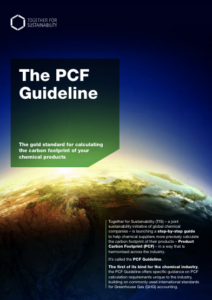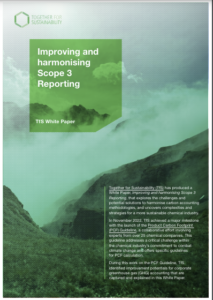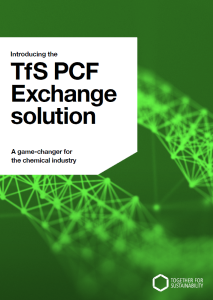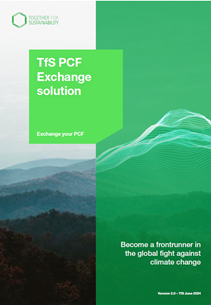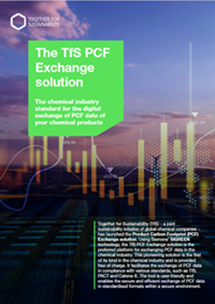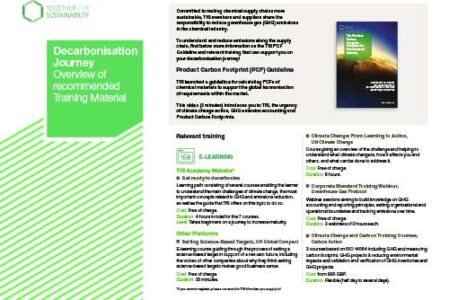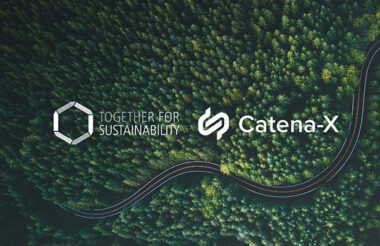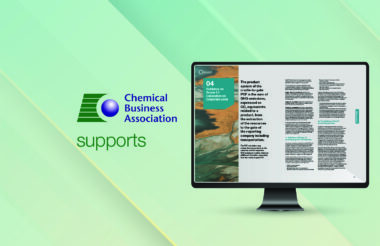Scope 3 GHG emissions programme
Three steps to decarbonising Scope 3
TfS members and suppliers share the responsibility to reduce greenhouse gas emissions in the chemical industry.
With its GHG emissions programme TfS has developed a toolkit fostering decarbonisation of supply chains
PCF Guideline, Data Model and Verification Framework
LEARN MORE
Benefits of the TfS PCF Solution
Chemical suppliers can:
Find calculation criteria and instructions for developing chemical PCFs
Understand how to provide their corporate customers’ PCFs to the level of specificity requested
Improve their sustainability performance and that of their value chain
Corporations can:
Find guidance for calculating Scope 3.1 emissions1 using PCFs
Understand the data and information needed to evaluate Scope 3 emissions in their chemical supply chains
Better identify GHG-reduction opportunities
1 Upstream GHG emissions from the production of purchased goods and services.
Discover the TfS PCF Guideline video
(02:25)
VIDEO
Discover the TfS PCF Guideline video
(02:25)
VIDEO
Subtitles in Mandarin.
Introduction to the TfS PCF Guideline
(16:50)
VIDEO
Discover the TfS PCF Exchange solution
VIDEO
To help you take your first step in your PCF journey,
Freely accessible to all, the Supplier toolkit will help you get up to speed in no time.
English
The supplier toolkit is available in several other languages:
What are you waiting for?
Join us in providing accurate data and reducing emissions.
Supporting documents
TfS are here to support your efforts to decarbonise. We have compiled resources in these downloadable documents.
PCF Guideline
Make a selection
PCF Guideline
Make a selection
White Paper
TfS PCF Exchange
TfS PCF Exchange
Make a selection
TfS PCF Exchange
Get ready to decarbonise handbook on supplier engagement
TfS Overview on available training
We’re here to help
“Do you have questions about the TfS PCF Guideline, the TfS PCF Exchange solution or the TfS Scope 3 GHG emissions programme”?
Contact us



